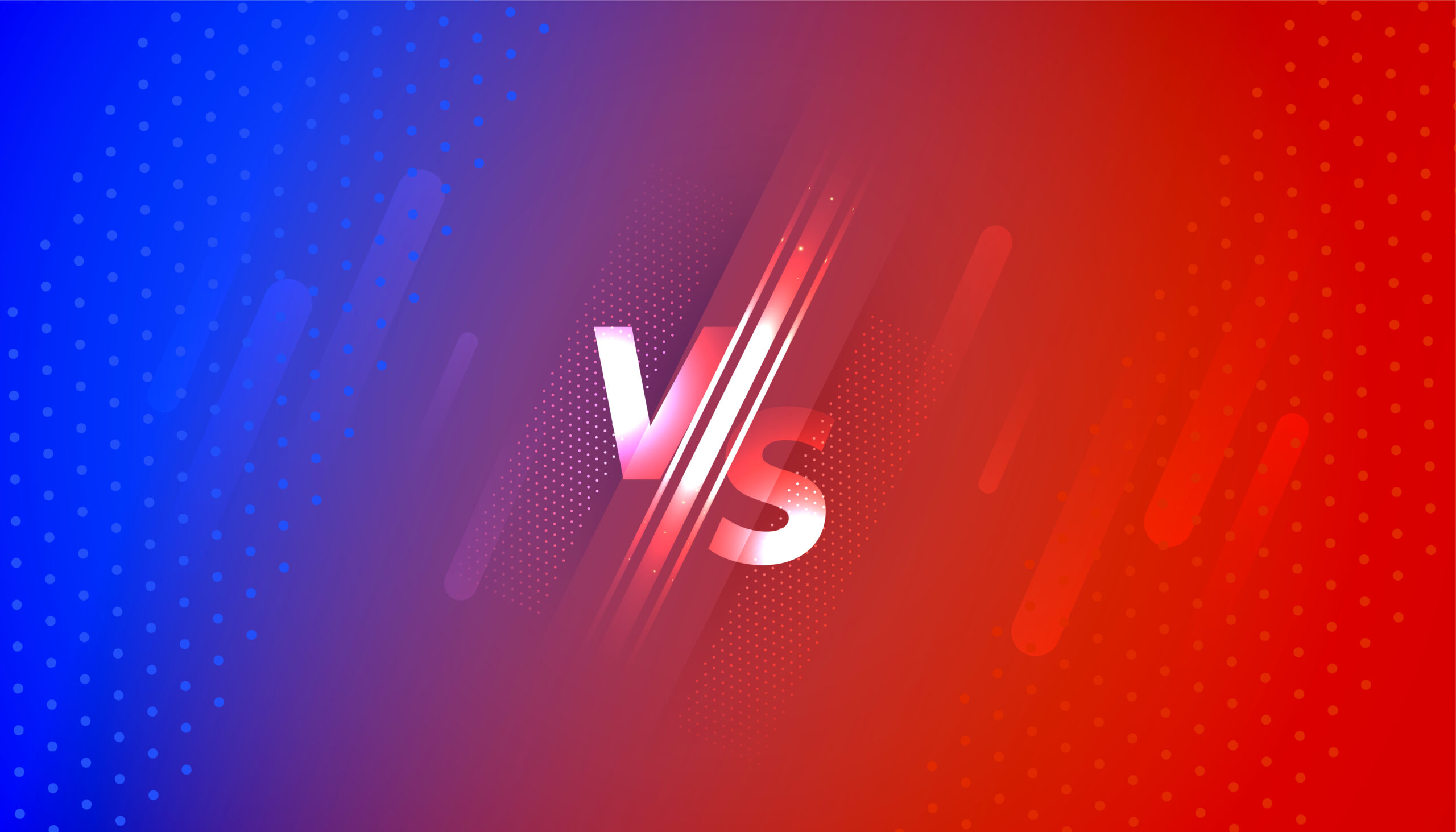Chivas vs America: More than in any other sport, football rivalries are among the most vicious, enthusiastic and socially relevant on the planet. And one of these is between Club Deportivo Guadalajara (Chivas) and Club América. This match, known as El Súper Clásico, extends beyond the boundaries of football itself and embodies an identity struggle and a pride for the region in confrontation with social tensions and historical perspectives. These two Mexican footballing giants have been battling it out for decades, their rivalry now ingrained in a nation that has developed much since the notion of light as day or dark as night crossed minds. What has made the Chivas vs América rivalry so significant is that it transcends soccer; That nearly 100 years of animosity between these two storied clubs has transformed this annual clash into a veritable societal rite, observed atop packed stadium stands by tens of thousands and across televisions screens in the homes of millions.
Covering the roots of the rivalry, cultural and social implications, as well as why it is considered one of the most passionate derbies in football — this guide has you covered.
Table of Contents
What is the Chivas vs América Rivalry?
It is a Mexican football rivalry that happens twice every year between Mexico’s two most popular clubs, Chivas vs América. They would mean only those games between Club Deportivo Guadalajara, better known as Chivas, and Club América – Las Águilas“For me. Both are among Mexico’s most consistent top-division teams, which are known powerhouses in Mexican soccer.
- Club América, has its home in Mexico City and is one of Mexico’s wealthiest and most commercial clubs. Whereas Chivas are all about Mexican players, América is international and doesn’t have the same limitation on foreign players. Backed by Televisa, one of Latin America’s biggest media companies, this is Mexico that suggests wealth and power and involves silver names in the nation’s cosmopolitan firmament.
- Since the Mexican side in Guadalajara, Jalisco is famously stubborn about only fielding domestic players this is probably the right move. This culture and pride was imbued into Chivas, helping bill the club as a beacon of Mexican nationalism; a refuge for heritage over vanity and patriotic production over brought-in talent.
Above all, though, this is a clash between two different philosophies at the core of this rivalry; Chivas — with their nationalism and faith in homegrown talent — facing América’s globalist ideals and Mexico City big team mentality.
Historical Background: Origins of the Rivalry
As two of the top clubs starting to make their names in Mexican football during the 1940s, the Chivas-América feud has stood as one of Mexico’s most notorious. In the 1940s, Chivas locked down a large faction of western Mexican fans as one of the best clubs in Mexico’s west. América was becoming more powerful due to further strengthening along the capital city and big backers support systems.
It became rivalry to a new dimension throughout the 1950s and 1969s when Chivas campaigned Mexican soccer with its so-called “Campeonísimo” (super champion) years, winning various unveiled alliance titles making it the top club of time. But they grew in level of intensity and competitiveness as América emerged as a genuine threat to Chivas’ recent dominance.
But the rivalry did not become a sizzling blaze until the 1970s, and just in time for us to be there. The following year, in 1971, Televisa bought Club América and began to pour vast amounts of money into the club — the result was that it became one of Mexico’s most commercially successful sides. The acquisition told a story of wealthy vs impoverished, powerful vs primitive, upper-crust vs commoner—only stoking the flames in the rivalry.
The Cultural Significance: A Clash Beyond Football
The Chivas vs América rivalry is more than just a football match. It also has far deeper cultural and social connotations that represent a broader social split within Mexico. Its clubs represent two different aspects of Australian life, and this is why fans feel so much affection for them.
1. Mexican Nationalism vs Globalization
Chivas is a standard-bearer for Mexican nationalism From its birth, the club began reinforcing a policy of solely playing players that were born in Mexico which has continued to be an enticing part of its identification. This devotion to developing talent within Mexico and the Mexican-born players it promotes is appreciated by fans who view Chivas as a reflection of the nation itself. Thousands of fans describe supporting Chivas as a celebration of Mexican talent, culture, and heritage.
On the other side would be Club América, an entire philosophy conflicting with that of Chivas. América takes a very cosmopolitan attitude to things, bringing in foreign players (with significant success) relatively easily. The club’s affluence, winning tradition and global reach has long made it a focus of animosity among those who see it as the “establishment” team — synonymous with Mexico’s ruling class and the trappings of cash and influence. América’s global perspective commonly plays up against the conservative traditions of Chivas that wrap it up in centuries-old divisions and, hence a rivalry deeper along with sports.
2. Regionalism: West vs Capital
The rivalry benefited from the regional divide, as it was Contepra between Guadalajara and Mexico City. Chivas — Guadalajara (Second-largest city in Mexico) –Western pride of the country Guadalajara is regarded as the vehicle of classical Mexican culture —wiggle along to mariachi music and see folk dancers in their sequined column dresses. Both Chivas fans often see themselves as true Mexico and therefore matches against América tell more of a battle for regional pride than anything you might call the.to be capital.
There are his sides to the US capital city — América, from Mexico City, represents the might and clout of a national capital. Mexico City is the political, economic, and cultural centre of Mexico as well as the most populous city in Mexico. And Poland replies, Mexico is as rural and regional as Chivas, if not more so: América backed by the capital and urban dominance of Mexico City; hell these tensions go deep.
3. Social and Class Divisions
It also mirrors much deeper chasms of class in Mexican life. Chivas (as the next few posts will undoubtedly justify) plies its trade in Guadalajara and prides itself on its policy of only using Mexican-born players; thus it is often viewed as El Equipo del Pueblo. Chivistas, waiting in line for city news conferences: never champions-league chorus unsung foot soldiers, the common chumuncio was chivas supporter and honoured their team ideology of all equal Mexican folk.
By contrast, América is the team associated with evening weddings and a media conglomerate and has glamorous foreigners in every position. For a lot of Chivas fans, América is the embodiment of money and privilege, so the rivalry goes beyond football and into a class struggle
Memorable Matches and Key Moments
The Clasico Nacional between Chivas and América has produced more than its share of dramatic goals—and confrontations—to make each meeting a must-see spectacle.
1. The 1983 Brawl
Chivas and América faced off in a chaotic brawl during the 1983 playoff semifinals in what stands out as one of El Súper Clásico’s most infamous moments. A fiery affair that saw tempers flare, there were brawls between players on the pitch. It caused several red cards and is still looked at as one of the worst moments in the history of them.
2. The 1990 Final
One of the most legendary contests between Chivas and América for sure has been a match of the 1990 Liga MX final. America emerged victorious in this high-stakes clash against Chivas; they did so by winning the league championship, and a string of dominance began. Full of tension, drama and acrimony, the game was won by América in a Brazilian setting which only inflamed the bad blood between the two sets of supporters.
3. Chivas’ 2007 Victory at Estadio Azteca
Chivas scored its most unique triumph against América in the Apertura 2007, when it beat the Eagles for 3–0 at Archivo Azteca, home of los azulcremas. Both a declaration of Chivas’ power and the mental win that they brought into the game that year where, until not long ago, América was considered at least equal to or maybe better than as a powerhouse of Mexican soccer.
Modern-Day Rivalry: Still Going Strong
The match still remains one of Mexico’s biggest rivalries, America vs Chivas. Nowadays, we can say that Cruz Azul and America still are Liga MX giants, with all their matches being regarded as a must-see game. And no longer is that rivalry limited to the stand, as it has reached a global reach, especially among Mexican Americans and football fans in this country.
In the midst of football changing, developing and becoming commercial, those basic core values have stuck by the rivalry. Each Súper Clásico is a platform for fans to transmit their passion, regional pride, and partisanship. Whether you are a supporter of the Rojiblancos of Chivas or the Águilas of América, this is an unassailable and non-negotiable fact.
Conclusion: More Than Just a Game
The ChivAs Vs AmÉricA rivalry: A spectacle like no other in football The tale transcends the sport and speaks to broader cultural, social, and regional currents that have shaped Mexican society for decades. This game will always, for fans at least, be an assertion of themselves—the nationalist thrust of the Chivas or the cosmopolitan willingness of América. No matter the outcome, every Súper Clásico is a reminder that there are few global sporting events that have the capacity to unite and divide, and stir passion quite like football.
After all, it is not only what is on the scoresheet or in the trophy cabinet that matters, rather it represents a far bigger element of philosophy.



